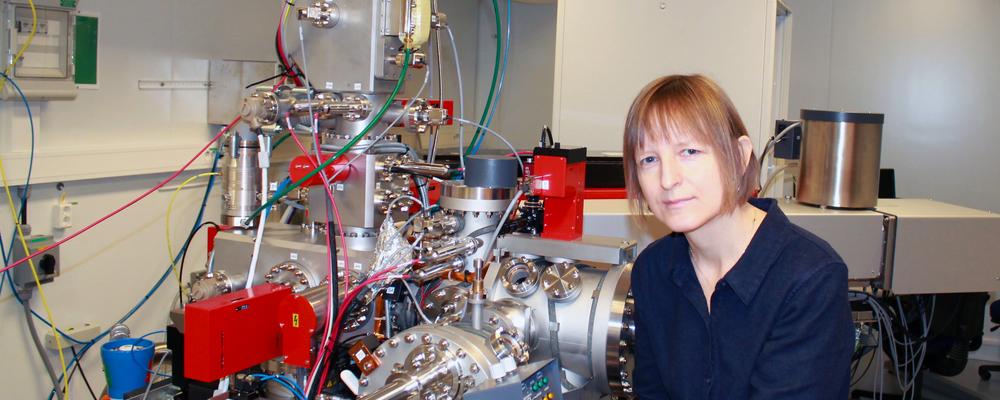Researchers will investigate sub-Arctic soil crusts at nanoscale using nanoSIMS imaging
Changing winter conditions in the sub-Arctic can damage plants and life in the soil if hard ice and water replaces the soft protecting snow. Researchers at the University of Gothenburg will now investigate the effects on soil life and nutrients at nanoscale using nanoSIMS imaging.
This research is part of the project ‘Understanding Arctic browning – from macro to nano’, funded by the Swedish Research Council. The project is a collaboration between the University of Gothenburg (Louise C. Andresen, Aurora Patchett, Mats Björkman, Per-Erik Jansson, Tobias Rutting and Aurélien Thomen), Lund University (Edit Hammer) and the University of Copenhagen (Riikka Rinnan and Bo Elberling).
The research is carried out within the framework of BECC, Biodiversity and Ecosystem Services in a Changing Climate. The strategic research area BECC brings together scientists from the natural and social sciences (Lund University and the University of Gothenburg) to perform research essential in understanding the combined consequences of anthropogenic greenhouse gas emissions, climate change, and land-use change for biodiversity and ecosystem services.
The NanoSIMS facility at the Chemical Imaging Infrastructure is a joint infrastructure of the University of Gothenburg and Chalmers University of Technology, hosted by the AstraZeneca BioventureHub and funded by the Knut and Alice Wallenberg Foundation.
